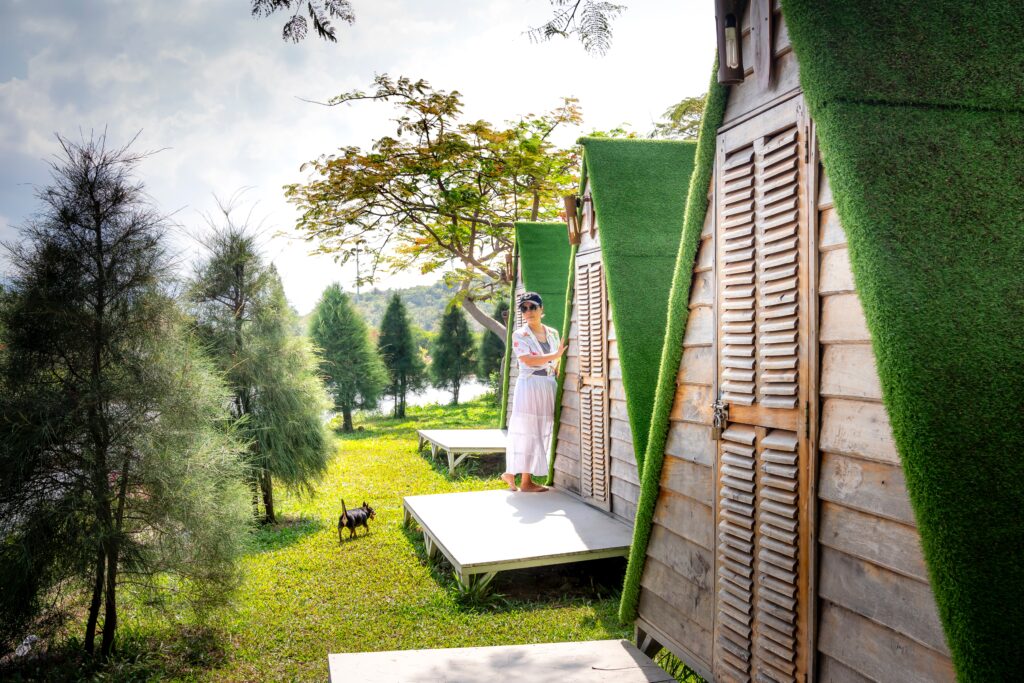In recent years, the trend of tiny houses has become increasingly popular among individuals and families alike. These compact dwellings are designed to maximize the use of limited space while minimizing environmental impact. With their eco-friendly features, low costs, and off-grid capabilities, tiny houses have become a popular choice for those seeking a sustainable lifestyle.
One of the biggest advantages of tiny houses is their eco-friendliness. These homes are typically built using sustainable materials and are designed to minimize energy consumption. Many tiny homes feature solar panels, rainwater harvesting systems, and composting toilets to reduce the impact on the environment. Additionally, because tiny houses have a smaller footprint than traditional homes, they can be built on smaller lots, which reduces the amount of land used for housing.
Tiny houses are also cost-effective, which makes them an attractive option for individuals and families looking to save money. Because they are smaller than traditional homes, they require fewer materials to build, which lowers the cost of construction. Additionally, tiny houses often have lower utility bills than traditional homes because they use less energy to heat and cool.
Another advantage of tiny houses is their portability. Many tiny homes are built on trailers, which means they can be moved from place to place. This makes them an excellent option for individuals who want to travel or who are looking for a mobile living arrangement. Tiny homes can also be built on RVs, boats, buses, or vans, which further increases their versatility.
You may also like: Why Tiny House on Wheels?
For families, tiny houses may seem impractical due to their small size. However, there are many tiny house designs that are suitable for families. Some tiny homes feature lofts or bunk beds to maximize sleeping space, while others have built-in storage to keep belongings organized. Additionally, tiny homes can be designed to include outdoor living spaces, such as decks or patios, to provide additional room for activities.
One of the biggest appeals of tiny houses is their off-grid capabilities. Many tiny homes are designed to be self-sufficient and can operate independently of traditional utilities. This means that tiny homes can be built in remote locations or areas without access to traditional utilities. Additionally, many tiny homes have water filtration systems, which allow them to collect and purify rainwater for drinking and bathing.
While tiny houses are often associated with rural living, they can also be a viable option for urban living. In cities where space is at a premium, tiny homes can be an excellent solution for affordable housing. Additionally, many cities have zoning laws that allow for tiny homes to be built as accessory dwelling units (ADUs) on existing properties. This means that homeowners can build a tiny home on their property to use as a guesthouse or rental unit.
Tiny houses are a sustainable and cost-effective housing option that has gained popularity in recent years. With their eco-friendly features, off-grid capabilities, and portability, tiny houses offer a unique way of living that is attractive to many individuals and families. While they may not be suitable for everyone, tiny houses offer a viable alternative to traditional housing and provide a way for people to live more sustainably while still enjoying the comforts of home.



